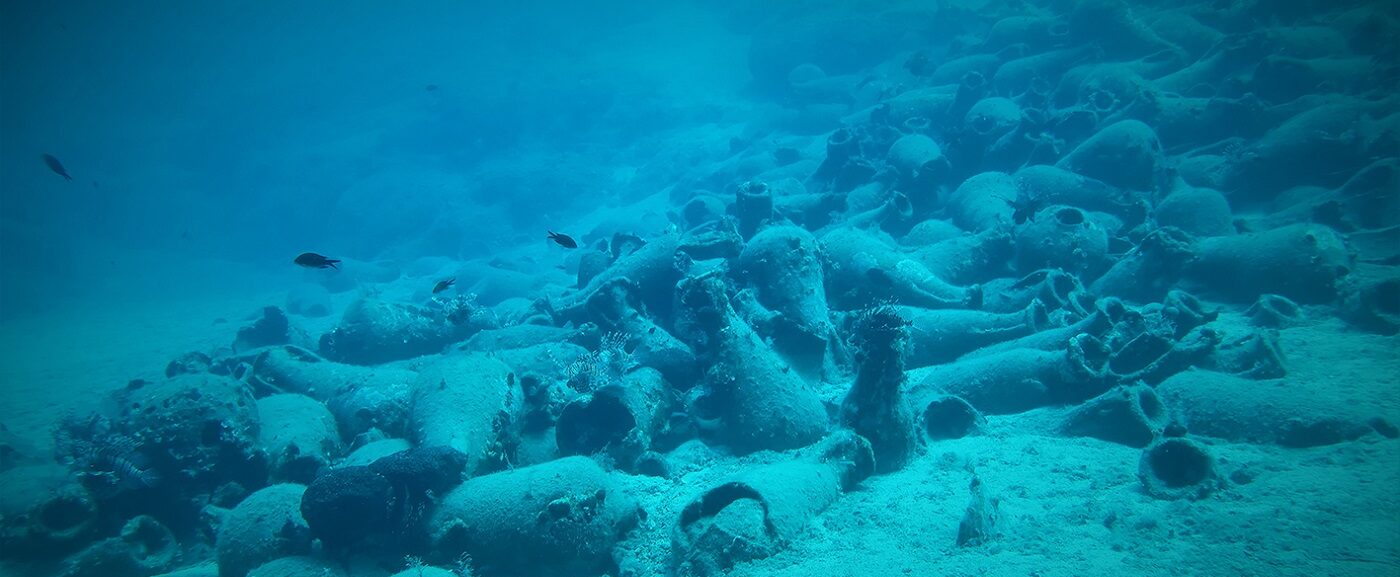
The discovery of a 2nd century A.D. shipwreck with a load of amphorae is bound to offer useful insights on ancient trade and the corresponding naval routes across the Mediterranean during the Roman period.
The underwater research works conducted by the Ephorate of Underwater Antiquities in collaboration with the University of Toronto, the Ephorate of Antiquities of Lassithi and the British School at Athens in the Gulf of Palekastro, in Sitia, Crete was completed in August. The research was carried out as part of a three-year research program.
While researching the coastal zone, a sunken ancient coastline was discovered, with building remains of at least two historical periods. In the middle and south of Kouremenos bay, various building structures and large shells of “pithos” (large jars) were found, embedded in the rocks of the seabed, which date back to the Minoan era.
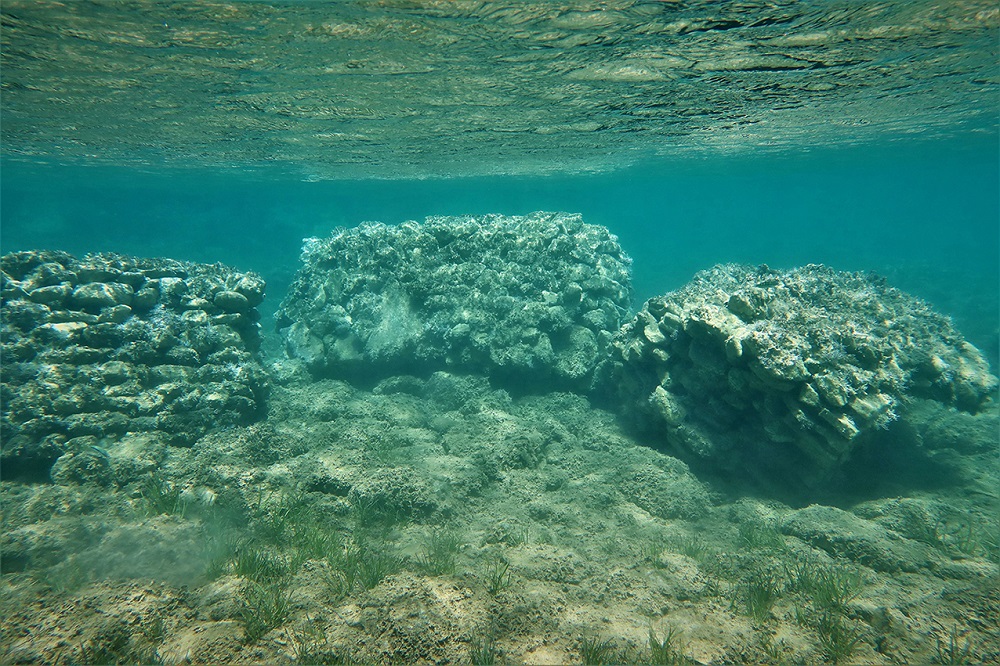
Remains of Roman buildings in Kouremenos Bay
To the north of the bay, a sunken jetty from Roman times was once again detected -its existence was known since the 1980s due to construction works of the port shelter. In the immediate vicinity, the researchers also discovered an area with walls and decomposed building material of Roman buildings, similar to those found later in the north of Hiona bay: similar fallen walls, floors and building foundations indicate the existence of a Roman settlement.
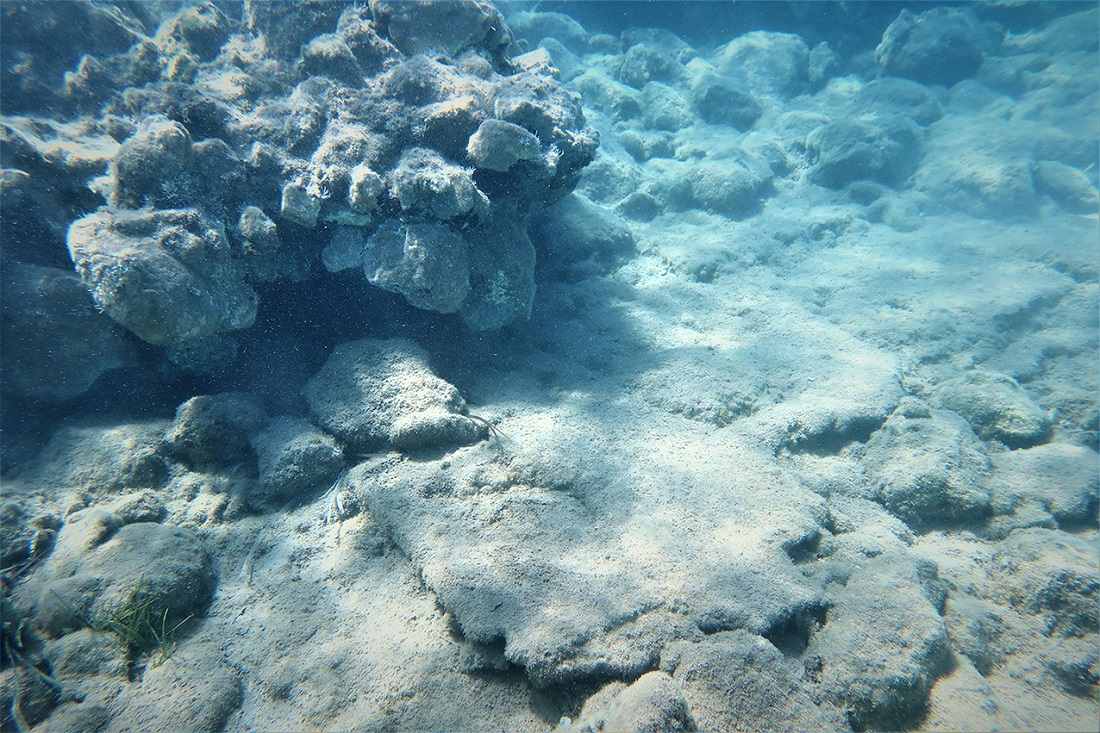
Part of the paved floor of a Roman building in Hiona bay
The discovery of a 2nd century A.D. shipwreck with a load of amphorae is also highly important. Evidence suggests that it was probably coming from the Iberian Peninsula. The cargo is preserved in a fairly good condition and is bound to offer useful insights for the discussion concerning ancient trade and the corresponding naval routes across the Mediterranean during the Roman period.
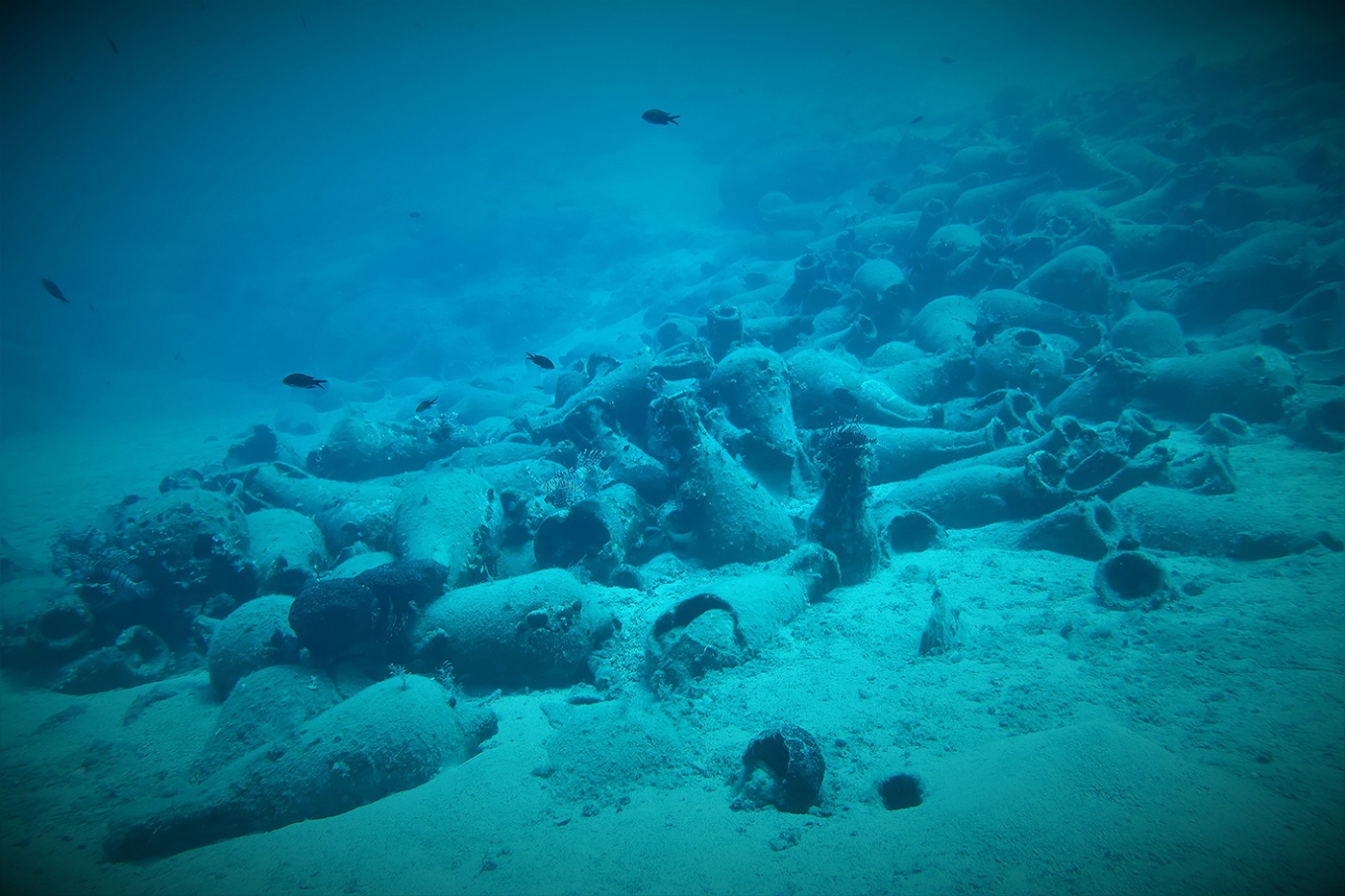
Shipwreck with amphorae – 2nd c. A.D.
Documentation of the above included archaeological photographic and cinematographic documentation, three-dimensional depictions, as well as aerial shots along the coast in order to allow for a geographic correlation of the archaeological finds (GIS).
Participants in the research group included: Theotokis Theodoulou – Dr. of Archaeology, George Tsimpoukis – Dr. of Archaeology, and Giannis Ktistakis – designer of the Ephorate of Underwater Antiquities, as well as the volunteers Alexandros Tourtas – Dr. of Archaeology, Petros Vakondios – seabed technician and Nikolaos Psarakis – diver/support vessel operator. Professor Carl Knappett of the University of Toronto, which funded the research, also worked closely with the group.

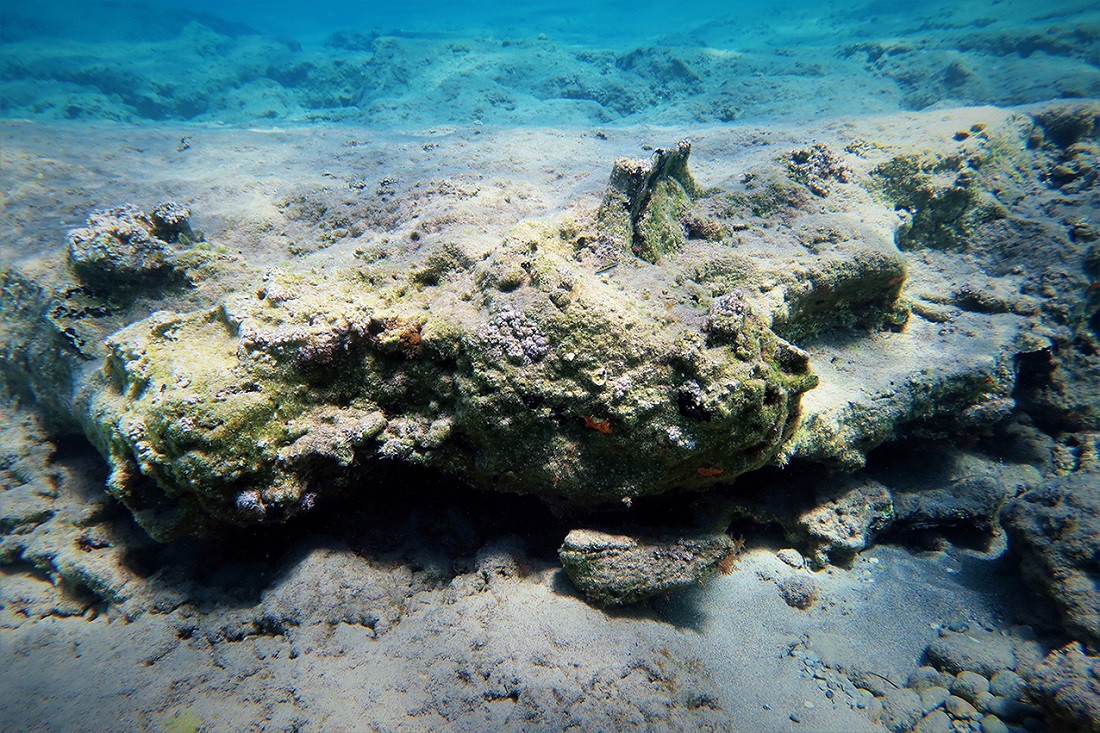

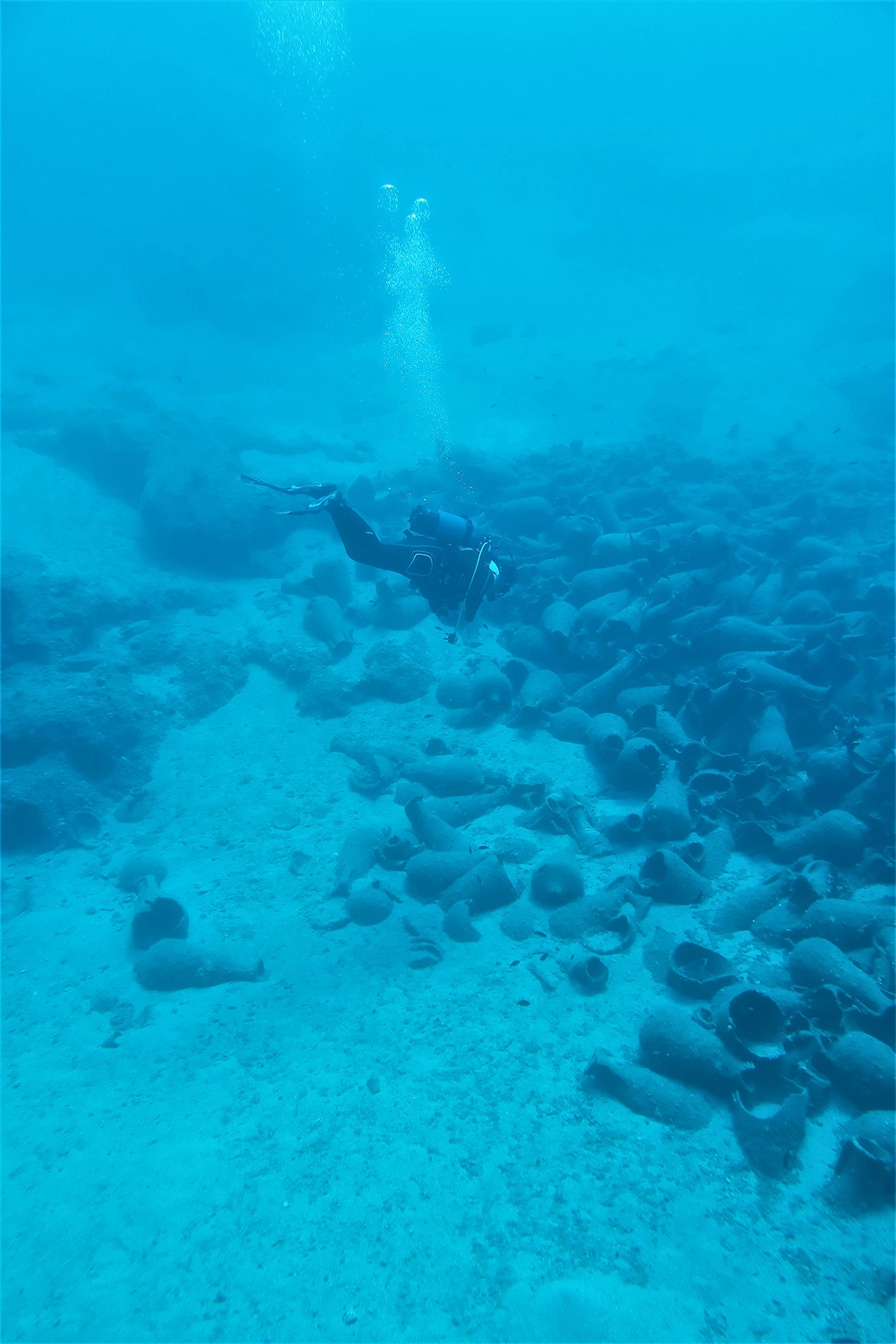
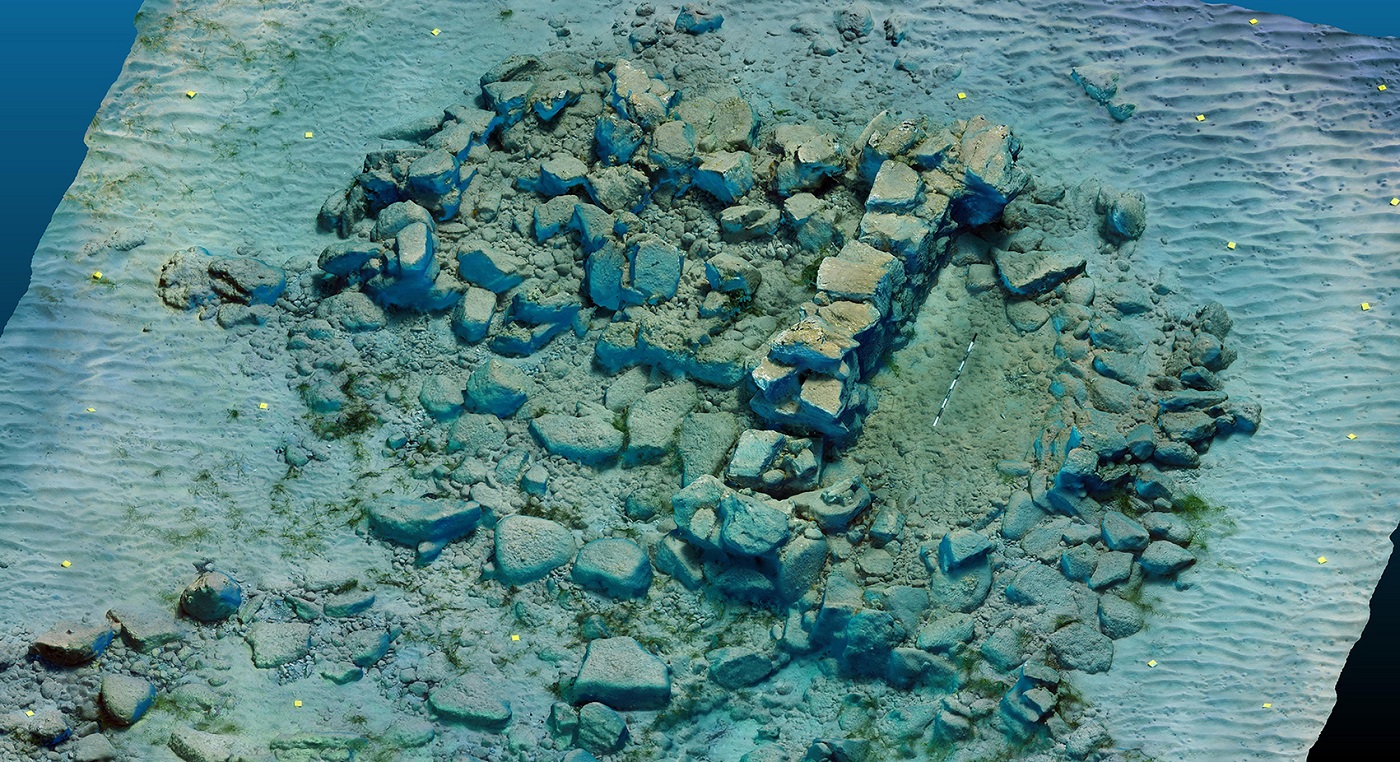


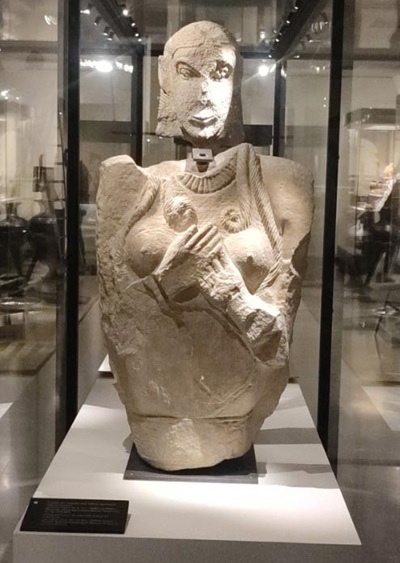
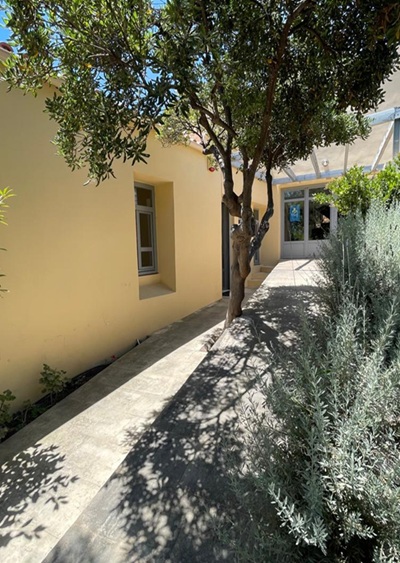


Leave A Comment